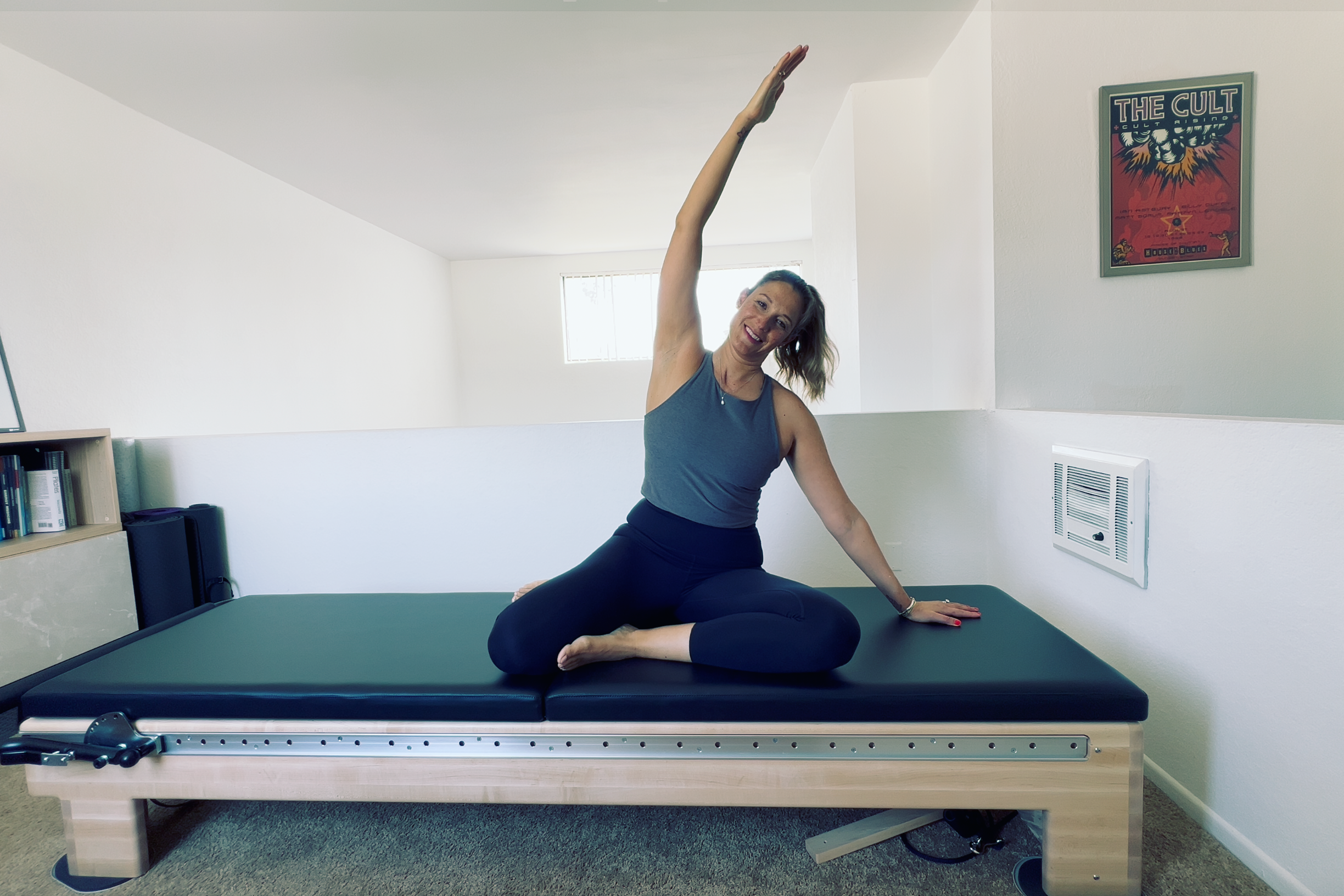Pilates, What is it?
Spoiler: It is not pie and lattes.
Looking for a workout that tones your body, strengthens your core, and improves flexibility—all without high-impact stress on your joints? Welcome to Pilates. Whether you’re a total beginner or looking to add balance to your current fitness routine, Pilates offers a powerful, low-impact way to build strength and improve overall body awareness.
Developed by Joseph Pilates in the early 20th century, Pilates is a system of controlled movements designed to improve posture, mobility, and muscular endurance. Originally called “Contrology,” the method emphasizes core strength, precise movement, and mindful breathing. Pilates can be performed on a mat or with equipment like the Reformer, Wunda Chair, and Cadillac.
Key Principles
Pilates is grounded the following core principles:
Breath - the essential link between the mind and the body. Breath is integrated into every movement in order to bring awareness to what we are doing, to improve the flow of oxygen through our bodies and to improve the capacity of our lungs.
Concentration - to be present with and in control of the task or movement at hand. Without concentration, the exercises lose their form and purpose.
Control - understand and maintain the proper form, alignment and effort during an entire exercise. Pilates exercises always engage the mind to control the movements and efforts that the body is making.
Centering - all movement radiates out from the center. A strong, stable and flexible center is the foundation of all movements.
Precision - the ability to perform exercises with optimum alignment, unconscious control and just the right amount of effort. Or, Precision = Concentration + Control + Centering + Practice
Balanced Muscle Development - maintaining correct alignment and form is essential to balanced muscle development.
Rhythm/Flow - all movements are done with a sense of rhythm and flow. This creates smooth, graceful and functional movements, and decreases the amount of stress placed on our joints.
Whole Body Movement - Balanced Body defines this as “integrating movement into a flowing whole body experience, integrating the mind and body to create clarity and purpose, integrating mind, body and spirit to create a life of balance.
Relaxation - in Pilates we learn just the right amount of effort needed to complete the exercise correctly. Learning to release unnecessary tension in our bodies and to relax helps us to find ease and flow in movement and our lives.
Every exercise integrates these elements to promote a balanced, full-body workout.
Benefits of Pilates
Core Strength: Builds a solid foundation for movement and stability
Improved Posture: Supports spinal alignment and reduces tension
Increased Flexibility: Gentle stretching improves range of motion
Injury Prevention: Strengthens stabilizing muscles and improves balance
Mind-Body Connection: Encourages awareness, relaxation, and mental focus
Getting Started
All you need is a Pilates mat and comfortable clothes. Beginners should start with a mat-based Pilates class, available in most gyms or online. For personalized feedback, try a private or semi-private session with a certified instructor.
Final Thoughts
Pilates is more than just a workout—it’s a lifestyle practice for strength, stability, and self-awareness. Ready to build a better, balanced body? Let’s connect to get you started on your Pilates journey.

